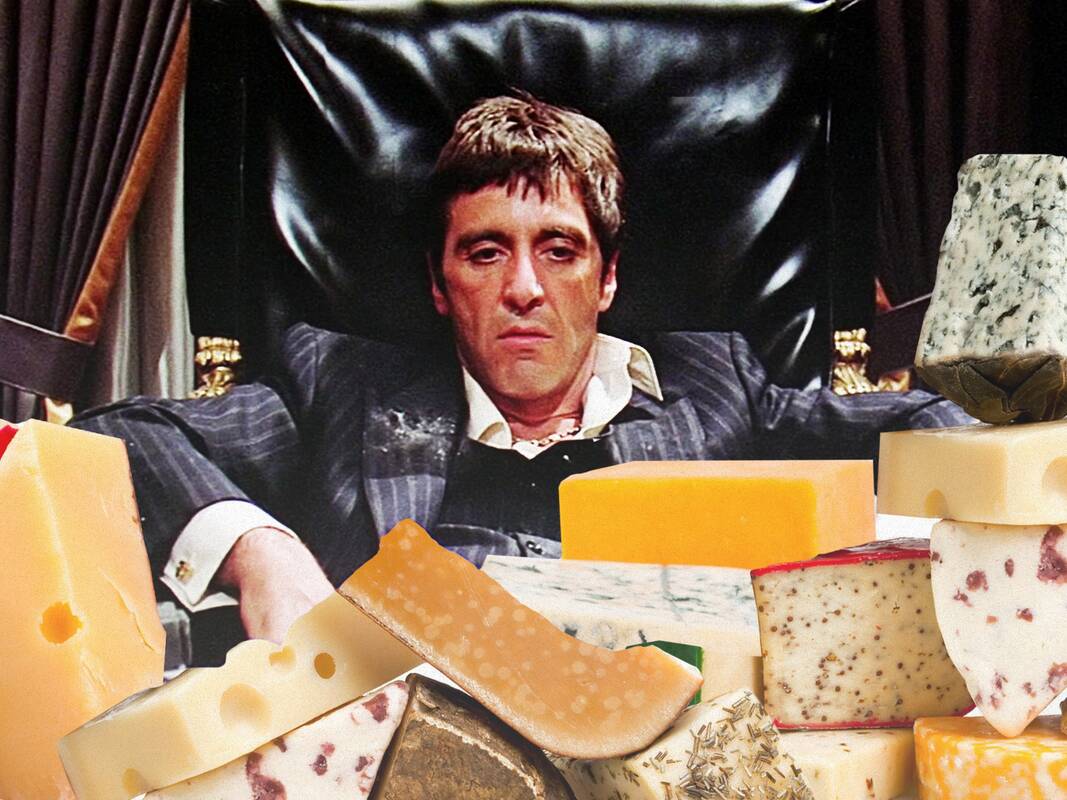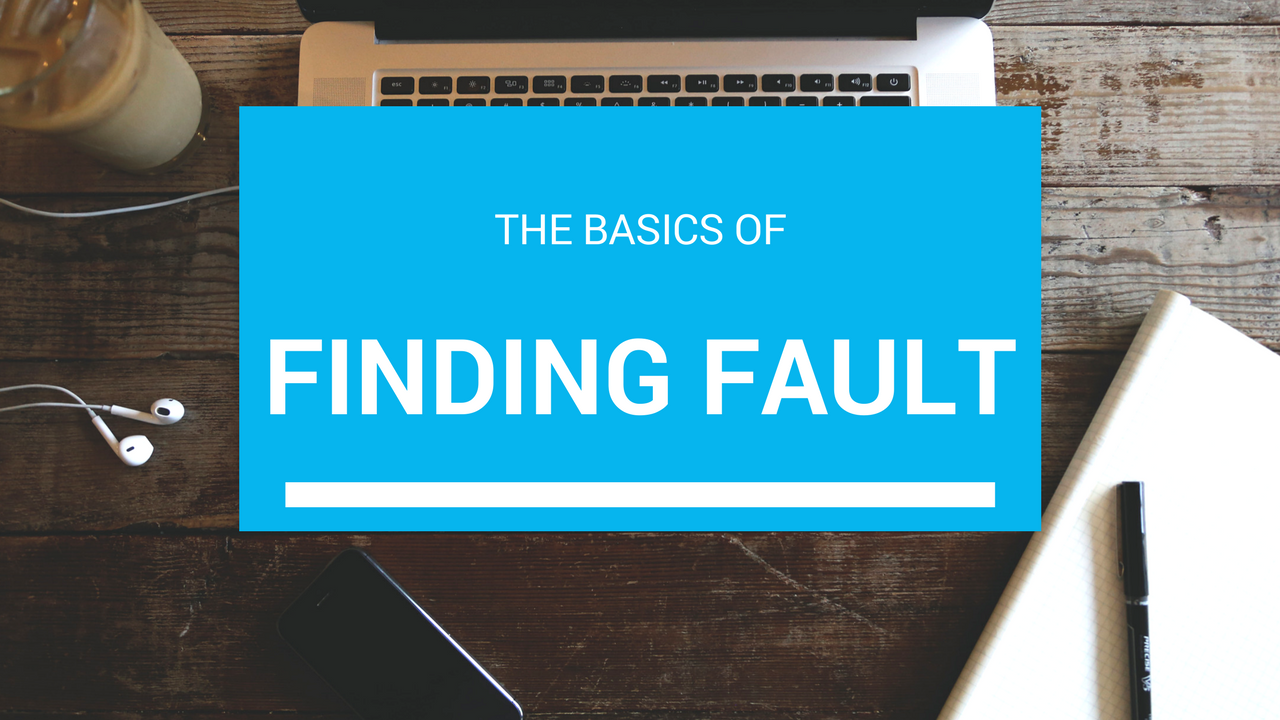 A few years ago I read a book by Terry Pratchett, Nation, in which (spoiler) they craft a special brew that you HAVE to sing a song over before you drink it. If you do not appeased the gods by singing this song the beer will poison you and you will die. Pratchett being an atheist, knows there are no gods, so his explanation gives religion a positive boost by explaining the science behind the ceremony; the brew has to age in the right way. If you make it and drink it right away the solution doesn’t go through its full chemical reaction and you die. Singing the song is the equivalent of setting a timer, but the expression is given in religious terms and that religion has enabled the island dwellers to thrive and not be poisoned. It is a religious explanation that has a scientific underlining. The same concept can be applied in the real world with certain Jewish Kosher laws: Jewish people have the highest rates of shellfish allergies. It would make sense that after watching a few of their members swell up and die after eating lobster, that the educated among them would say “God told me shellfish are unclean and we shouldn’t eat them”. What does this have to do with drug dealing and Parmesan? I’m not going to tell you just yet. But I am going to ask some questions to confuse you MORE! Was beer invented by witches? Did they wear pointy hats? Were they persecuted for enchanting people, causing miscarriages, and other devilry? What does this have to do with cheese? No. No. Yes. And they should have been (but not burned). Bear with me and let me explain! We can all agree that Parmesan is amazing. And if we can’t, then maybe you need to be burned at the stake. (Drum beat) All joking aside, if it weren’t for stringent rules regarding the manufacture and production of Parmesan, we probably wouldn’t have the version we have today. As far back as the fourteenth century, Parmesan has been made in the region of Parma, each wheel must meet strict criteria early in the aging process, when the cheese is still soft and creamy, to merit the official seal and be placed in storage for aging. Because it is widely imitated, Parmigiana-Reggiano has become an increasingly regulated product, and in 1955 it became what is known as a certified name. And this also helps to prevent and track simple things like food poisoning. Something that had decimated people throughout the ages. All cheese contains dairy protein called casein. When the body digests this casein it releases casomorphins that attach to your dopamine receptors in the reward area of the brain. Cheese is an addictive, and controlled, substance. Which brings us to Witches….and beer. A Quick Look At the Recipe…. Beer was invented 5000 years ago, so it isn’t a new thing. Virtually anyone can make it, even now in your own home. You just need some grains, hops, malts, yeast, a big kettle, and some time. We just need to follow some steps. The problem with brewing in the last 500 years or so is when certain governments began to take hold. Governments that actually cared about its populace and its moral governance. So how do witches mix in? The internet seems to think it was due to “wrongly” accused Alesters, and a power grab by men. The facts as they are presented* seem to draw correlation between brooms the alewomen (as the beer sellers were called) used, the tall hats they wore, and the beer they produced by cauldron. Certainly, that appears to be the case, it’s so obvious! Pointy hats? Check. Made brews in cauldrons? Check. Made money from selling beer? Check. Used brooms to make beer and advertise they sold it? Check. Men made beer too but burned women for sorcery because they wanted to make money and it’s all a conspiracy to keep women down? Cheeee….but hang on…there’s more to it than that. Step One: Gather Your Ingredients and Figure Out What You're Making To understand how this actually all went about, we can’t compare it to modern capitalism, or gender wars, simply because that system didn’t operate the way it does today. Many English and German peoples basically worked for the government (the Kingdom): the men worked to supply for the kingdom, the women used the leftovers of their crops and yields for a free market system. That’s a simplification, but it is an accurate one. And to really understand where the concept of persecution for beer crafting originated we have to look at the history of psychoactive beers. Yes. Beers that would make you trip balls and potentially kill you. Hallucinogens and alcohol may be a famously unfriendly mix, but that hasn’t stopped brewers throughout the ages from going to great lengths to get high. Historically, herbs were used to stabilize beer, to retard spoilage, to increase palatability and cover brewing failures, to imbue the beer with medicinal qualities, and finally to make beer ‘stronger’ or even hallucinogenic, according to The Oxford Companion of Beer. The Vikings were some of the first to spike their brews with wormwood they found in Finland, and there is evidence they may have also used opium as far back as the third century. In what is now the Czech Republic, a town was named for beer. Yes, the same Pilsen in which the Bavarian brewer Josef Groll invented the now-ubiquitous pilsner back in 1842, may in fact, have contained a hint of deadly nightshade. Some brewers talked about how the whole town of Pilsen was redolent of the smell of hops and narcotics. There was this association with something criminal about it, which fed into the nationalist rivalry in Europe at the time. Prepare and Steep Your Grains of Truth, Malts, and Hops Then we have the introduction of purity laws. These laws came into effect for several reasons: to protect the crafting of beer, and to protect the consumer. In 1516, William IV, Duke of Bavaria, adopted the Reinheitsgebot (purity law), perhaps the oldest food-quality regulation still in use in the 21st century, according to which the only allowed ingredients of beer are water, hops and barley-malt. Before then, you could put in anything you wanted, and the alewomen did. Anything and everything that gave the beer a kick, or encouraged repeat customers The adopted and questionable theory says that it was this event that caused women to be considered witches, with the tools of their trade being used as propaganda. Some historians deny the veracity of this association, such as Dr. Christina Wade of the blog Braciatrix, devoted to the history of women in brewing and bartending. She argues that during the later Middle Ages, when images of brewsters in such tall hats come into the historical record, witches weren’t yet associated with them. (Let alone the fact that it's unlikely that brewsters across Europe, a rag-tag assembly of home-spun brewers to begin with, collectively agreed on the tall hats as a form of marketing). but let's assume that tall hats were a thing; they weren't all pointy....or even tall. Bring Your Kettle or Cauldron to a Boil We then have to include how we understand people then and now: People back then were just as intelligent as we are today, they just didn’t have access to the same kinds of information. We can use Month Python’s Holy Grail as a satirical example of logic: A duck floats on water, wood floats on water. If a woman weighs as much as a duck, then she’s made of wood and therefore a witch. BURN HER! The logic is there, although the conclusion is off. Medieval people could draw conclusions, saw the consequences of actions, and made choices based on those pieces of information. Terry Pratchett showed how someone could be right while also being wrong, and that has happened historically. But what is the mythos of the Witch against our contemporary social understanding? Wearing a tall hat she creates potions; advertises brews beer laced with narcotics and hallucinogens. Keeps familiars; cats keep away mice, which eat the hops Enthralls people with spells; people are addicted to the beer. Summons demons and dances in the moonlight; gets high on her own supply. Seduces men from their bed chambers; the cliché of the drug addict offering sex. Can create infertility or reduce women to birthing monstrosities; we all know about drug use in pregnancy. And how were rivals dealt with? Well, the housewife down the road makes beer that outsells you…there’s got to be a way to get rid of her….right? Knowing now that the home brewing woman would spike her brews with addictive drugs, that she would be able to make the connection between her ingredients and the people’s willingness to buy more and more of her product, what can we conclude? What modern similarities do we have for this? Drug dealers. You Now have Wort, the Sugar That Will Feed the Yeast Our penchant for addictive substances is recorded in the earliest human records. Historically, psychoactive substances have been used by priests in non Judeao/Christian religious ceremonies (eg, amanita muscaria); healers for medicinal purposes (opium); or the general population in a culturally approved way (alcohol, nicotine, and caffeine). Our ancestors refined stronger compounds and devised faster routes of administration, which contributed to abuse. Pathological use was described as early as classical Antiquity. The issue of loss of control of the substance, heralding today's concept of addiction, was already being discussed in the 17th century. The complex argument of addictions are still currently being debated, such as: is addiction a sin or a disease; should treatment be moral or medical; is addiction caused by the substance; the individual's vulnerability and psychology, or social factors; should substances be regulated or freely available. Addiction leads people to do terrible things. Most of us have seen a Requiem For A Dream (a movie based on a book regarding the authors lived experiences), but for those of you that haven’t; drugs and their addictive effects lead to prostitution, crime, sometimes murder, all to appease the fix. So what we have here, essentially, is drug dealers selling people addictive hallucinogenic beers. The buyers become enthralled with the seller. They need their fix. They become “harassed” by demons as invisible bugs crawl across their skin. But now you also have many issues that is brewed together for an interesting concoction. You have the ingredient of government who is not collecting taxes on these drug sales, first off. With that you have the issue of your citizens upsetting the peace with theft, acts of violence and sexually transmitted diseases via intercourse (syphilis was a new disease that was spreading right around the time the purity laws were coming into effect and at the height of the “burning times”. And no, syphilis wasn’t from sex with sheep, don’t get me started). As a person where science is still in its infancy, yet you can still see cause and effect, what conclusions can you make? The monasteries produce beer as well, yet their adherents do not react the same way as those who buy from the alewives…. There must be a spiritual malaise that is causing this, right? (Keep in mind that the Catholic Church considered a belief in witches before the 13th century a form of heresy. Witches were not real and it was wrong for you to believe so.) Add In Some Yeast… And here is another step to the mix: “Thou shalt not suffer a witch to live”. That biblical verse interpretation of “mekhashepha”, or what we read as “witch" comes closer to what is said in the Septuagint, the translation of Hebraic traditions into Greek that was written by Jewish sages in around the 3rd century B.C.E. In the Septuagint, mekhashepha was translated into pharmakeia. which translates “pharmakeia” into “herbalist”. So now you have drug dealers, identified biblically as herbalists, hiding from taxes, harming people either by ignorance or intent. Laws are put into effect that place preference over the safer manufacturing methods of monks and larger breweries, the alewives move into black market territory. And Ferment For A Couple Of Centuries Witch hunts begin. And over the course of two hundred years 40,000 people are killed for witchcraft (or heresy, they were interchangeable in many courts of the time). Mix in plagues and famines and you have breeding ground for massive paranoia, poverty, and increased drugged beer sales. All of this culminates into a cultural icon today; appropriated by modern pagans and Wiccans as the pointy hat witch. The Europeans weren't the first to persecute drug dealers. In preceding centuries, tobacco and cannabis had also known prohibition. Smokers ran the risk of having their lips cut under the first Romanov tsar, Michael Fiodorovich, or of being beheaded under the Ottoman sultan Murad IV. In 1378, the Ottoman emir in Egypt, Soudoun Sheikhouni, was determined to stamp out hashish use: farmers growing hashish were imprisoned or executed, and those found guilty of consuming were said to have their teeth pulled out. And none of those cultures did it to create a Halloween costume, or to force out competition. However, we do get our modern concept of the hashashin or assassin from early hemp users. To me, that says we still shouldn't value those concepts as "good". Not deserving of immolation, surely. To Finally Created a Crafted Brew So it is true, men forced beer brewing housewives out of business. Because they were drug dealers, and based on the consequences of events, these drugs destroyed lives, both physically and metaphysically. And while the method of burning is abhorrent (the protestants hadn’t gained enough political clout to stop torture laws), witches were not the innocent persecuted women touted today. Like in any black market system, there are going to be bodies piling up eventually. Obviously, #NotAllWitches or housewives did this through the centuries. Yet enough of them did to create a cliché, and enough situations happened to warrant for public safety. Today, we have the War on Drugs, and for a long time the Drug Dealer was presented as a Bogey-Man, hiding in the shadows, luring people into torment. We are now moving into a society that seems to embrace drugs and drug dealers. So there you have it. Societal warnings against home brew drug dealers and food safety laws culminated in persecution (some would say rightfully). And that is one bitter Pilsner.
0 Comments
No. I am not going to show you nude photos of Hillary Clinton.
BUT During the 1940's to the 1970's Harvard university had a bizarre requirement for all incoming freshman; they asked all young men and women enrolled in their first year to pose nude. Thousands of pictures were taken of such students as Diane Sawyer, George Bush, and Hillary Rodham Clinton. Back in 1995 NYT reporter Ron Rosenbaum found out this story and was the first to report it. I like to bring it up because some students are now complaining that they have to use clear plastic back packs and say they are an "invasion of privacy". And while this was voluntary...it would not be very acceptable now. The reasoning behind this strange request was that a scientist of psychology, William Herbert Sheldon, believed he could study, track, and research diseases such as rickets, scoliosis, and other posture issues. Sheldons written works infered something else...an attempt to study the correlation between a persons body shape and their intelligence. And no written permission of any kind was given by the students. And then there were rumors of break-ins at the university where the photos were stored, with many pilfered photos supposedly ending up on the black market... “You always thought when you did it that one day they’d come back to haunt you. That 25 years later, when your husband was running for President, they’d show up in Penthouse,” confessed Sally Quinn who graduated from a Seven Sisters college, Smith in 1963. I could put all I've spoken on my new podcast into a nice, typed, friendly fonted little package!
But I won't. Please, enjoy the sultry sound of my voice as I explain and find no good reason why you shouldn't kill yourself. And on that note...I beg you to email me, come up with response letters, your own podcast rebuttals, all to prove me wrong! Enjoy. |
Why "Failed Daily"?
Because I fail to update daily. Archives
March 2022
Categories
All
|


 RSS Feed
RSS Feed
